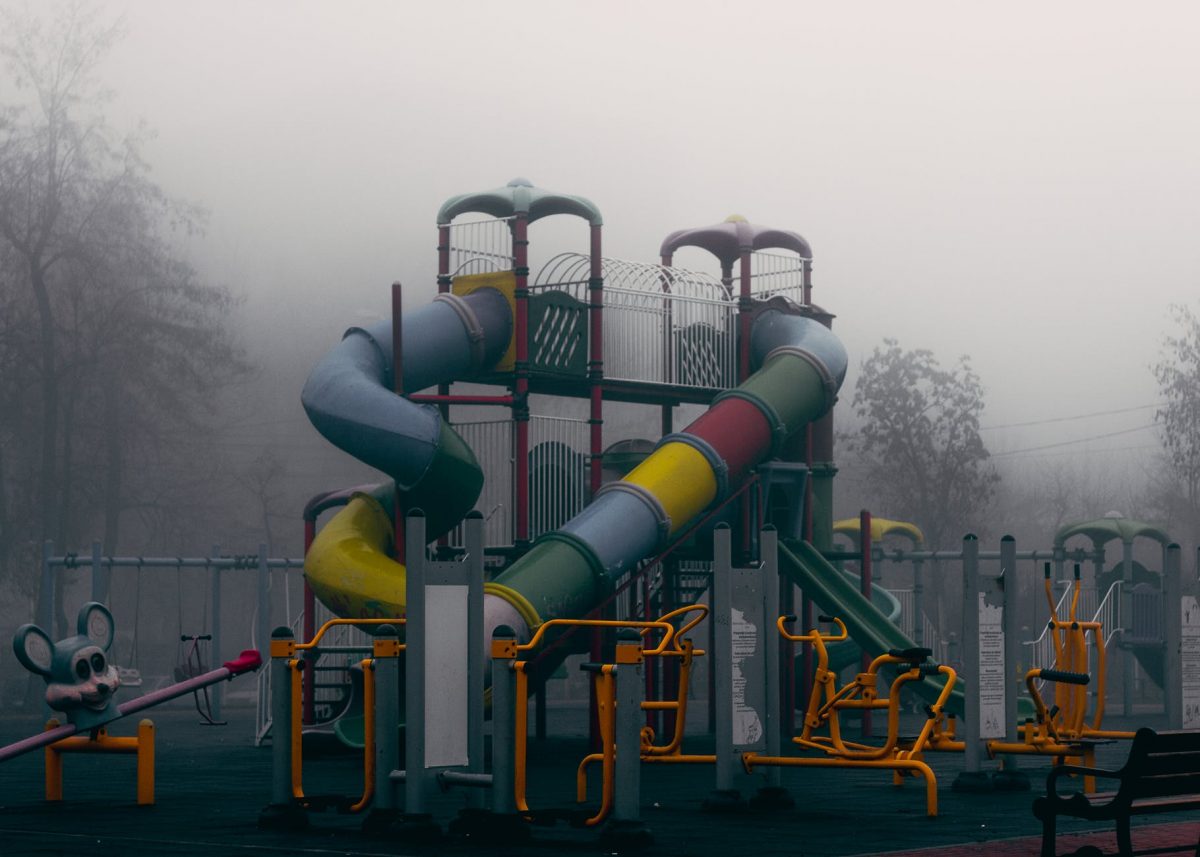The Case For Horror
Horror movies have been around since the beginning of film. The first depictions of supernatural events appear in several of the silent shorts created by film pioneer Georges Méliès in the late 1890s. The Cabinet of Dr Caligari in 1920 and Nosferatu, eine Symphonie des Grauens in 1922 started a German influx of horror films. This was followed by Universal Picture’s “Monster Films” in the 30s and 40s, Hitchcock’s thrillers through the 70s, the slasher film invasion of the early 70s and 80s, the self aware ‘horror” movies of the 90s and early 2000s and the American remakes of Asian horror films and remakes of our own classic horror films of the 2000’s and 2010’s.

Despite horror films being a staple in the overall movie landscape, they have mostly played backseat to other movie genres. Usually made for very cheap to try to make a few bucks to help finance their latest action blockbuster or art house financial disaster, horror films were just not taken seriously as a box office factor.
What’s the Latest Trend?
Horror films, more than any other genre, showcase Hollywood’s habit of following trends when making their films. In 1999 a tiny little film titled The Blair Witch Project started a true story campaign on the internet that, as of that time, had not been attempted. It popularized the found footage technique that is still being used almost 20 years later.
Saw, released in 2004, started a trend in “Torture Porn” horror films being released through the early 2000s.
Paranormal Activity pushed torture porn to the side on the back of a genius marketing campaign on facebook and youtube, showing videos of the audience’s reaction to the film. Of course, this opened the floodgates to hundreds of supernatural haunting movies released on home video and a few in theaters as well.
Trends are obviously started by a movie being successful. But diminishing returns because of quality, a flooded market and people getting tired of the same types of gimmicks quickly force those trends out of theaters. In my opinion this is a terrible way to operate anything but they didn’t seem to care. Low costs vs possible high rewards kept them trying to find the next breakout movie. Basically like betting on horse races at five or ten million dollars a pop.

Tales of a Fourth Grade Nothing
Blumhouse productions, which is apparently not in any way related to Judy Blum, has decided to approach horror a completely different and seemingly obvious way. It looks for good horror scripts and writers and only wants to produce original ideas. CRAZY! Of course this model will bring out duds for them like The Bay($2 million budget, $1.6 million gross), 13 Sins($4 million budget,$826,252 gross), Area 51($5 million budget, $7,556 gross) and ultimate Horror film Jem and The Holograms($5 million budget, $2.3 million gross).
Still, that’s only a loss of just over $10 million. On the other side of the coin look at their biggest success tales; Paranormal Activity($15000 budget, $193.4 million gross), Insidious($1.5 million budget, $97 million), Sinister($3 million budget, $77.7 million) The Purge($3 million budget, $89.3 million), Happy Death Day($4.8 million budget, $122.6 million gross), Split($9 million budget,$278.5 million gross), and of course Get Out($4.5 million budget, $255 million gross).
I could go on with slightly lesser success stories, The Lazarus Effect, Ouija, Oculus, Unfriended, The Visit, The Gallows and any number of sequels that made hundreds of millions of dollars vs their minuscule budgets.
That’s an extremely high success rate and basically puts any movie studio, not run by Disney, to shame. it makes you wonder why no other movie studios have caught on to this model before. Horror movies are extremely cheap to produce vs big action tent pole movies. Thus, your risk is far less when compared to making another King Kong, Godzilla or whatever terrible fighting robot movie you are thinking of making. Seriously, how many naked pictures of Jeff Shell does Del Toro have?

Beep Beep Ritchie
Blumhouse won’t be able to keep this secret for long. With movies like IT making $327 million domestic against a 35 million dollar budget you can expect many more production companies to try to eventually cram more horror into the market. Unfortunately this usually means the quality of the product goes down as well.
Blumhouse has not only cornered the market on financial gains but they have also managed to release steady quality product as far as critics and audience scores are concerned. Not many of their movies drop below the 65% range. For horror movies, this is pretty good considering the nature of the films themselves. People go to horror films to be scared. They go for the tense moments, some go for the gore, some go for the jump scares and a small amount of people like when horror movies are terrible and over the top like Troll 2 or The Stuff. If the movie doesn’t do any of these things the word will(pun) get out fast and kill any chance it has of legs.

Blumhouse Productions has so far shown themselves to be, above and beyond, one of the best production companies of the past 20 years in the industry, and they have used the underutilized “Horror” genre to make themselves a huge player in Hollywood. I’ll leave you with this quote from Jason Blum himself.
“For some reason, people value being scared less than they value laughing.” – Jason Blum
I think he understands the value of fear a little more than most at this point.









